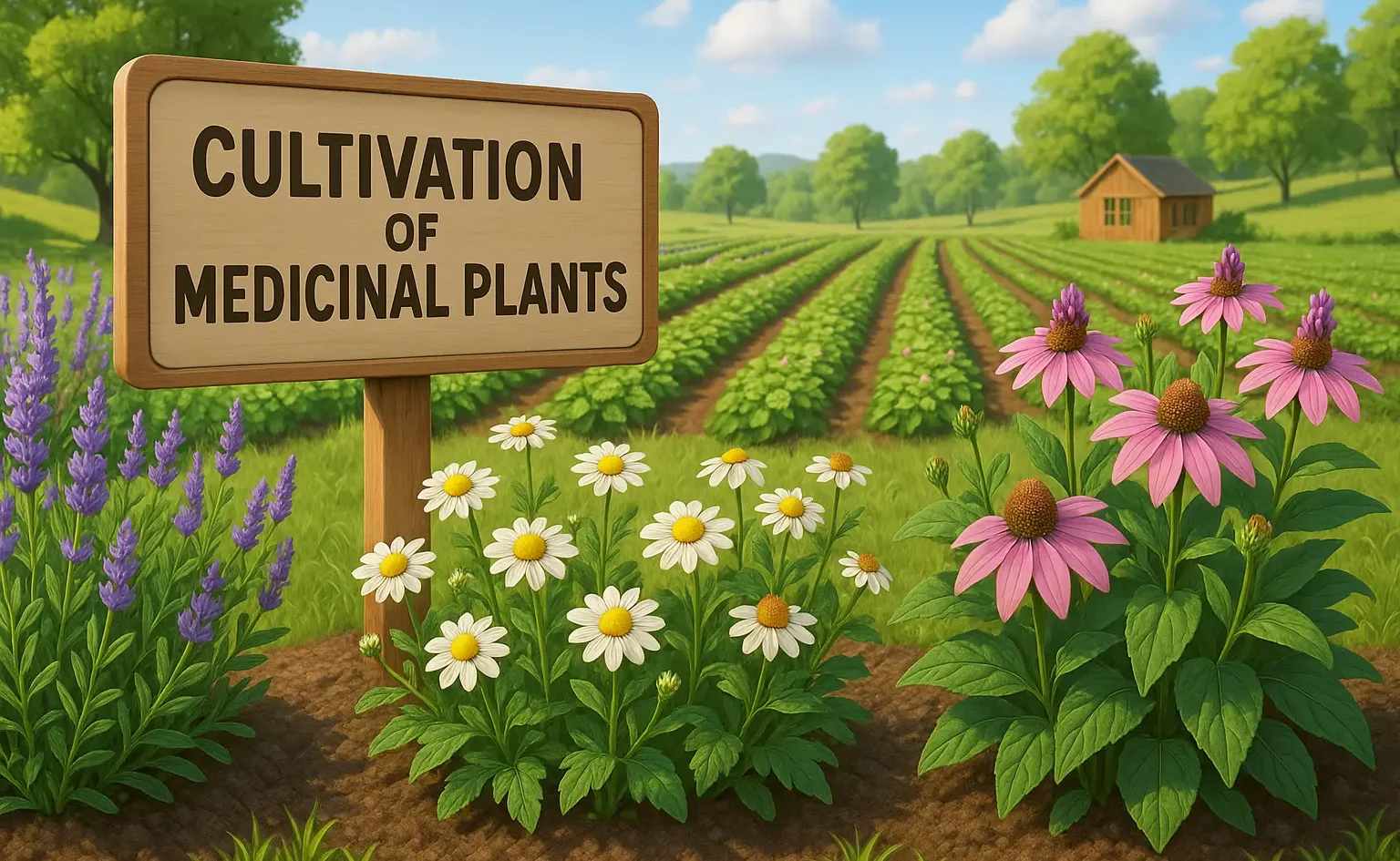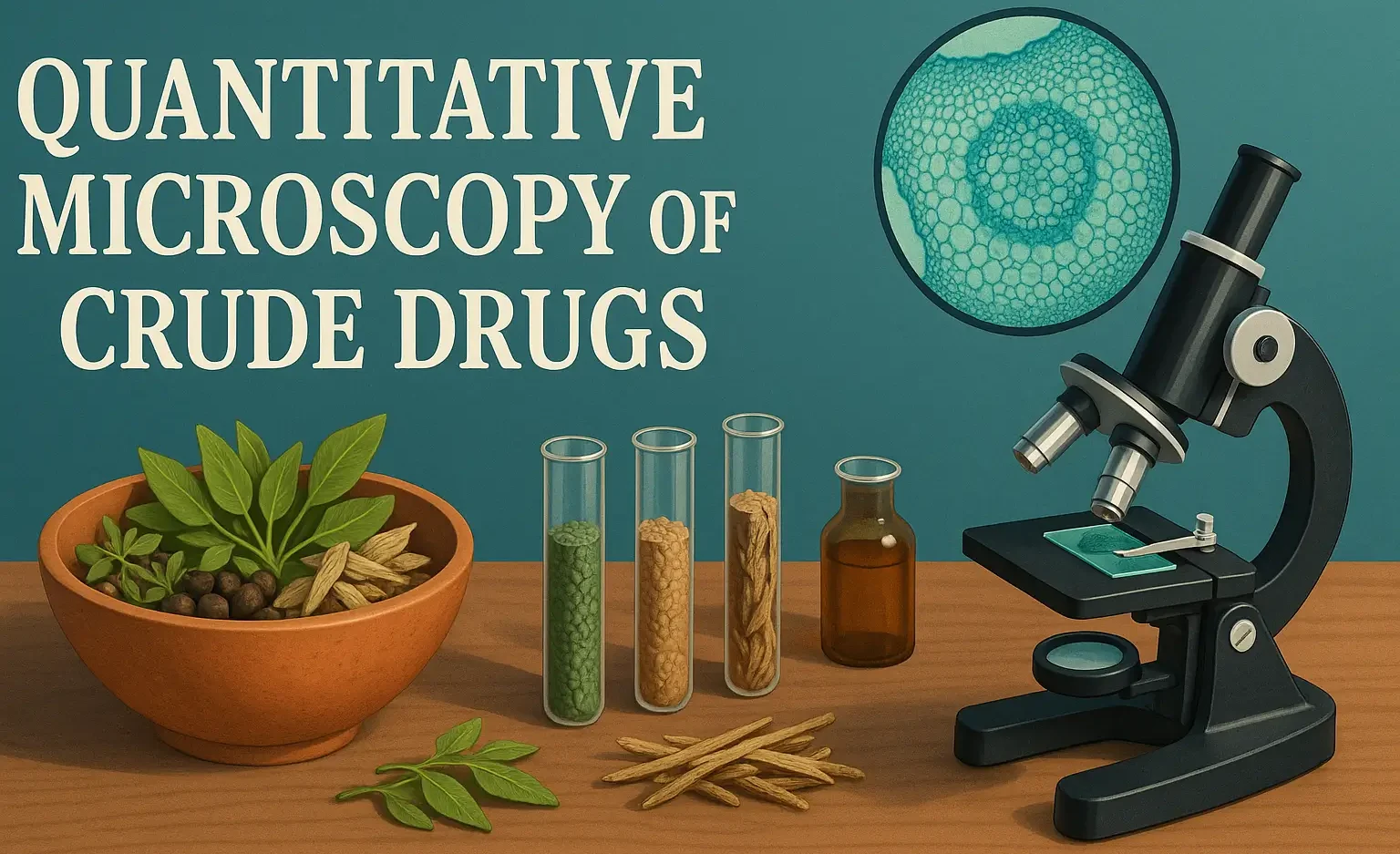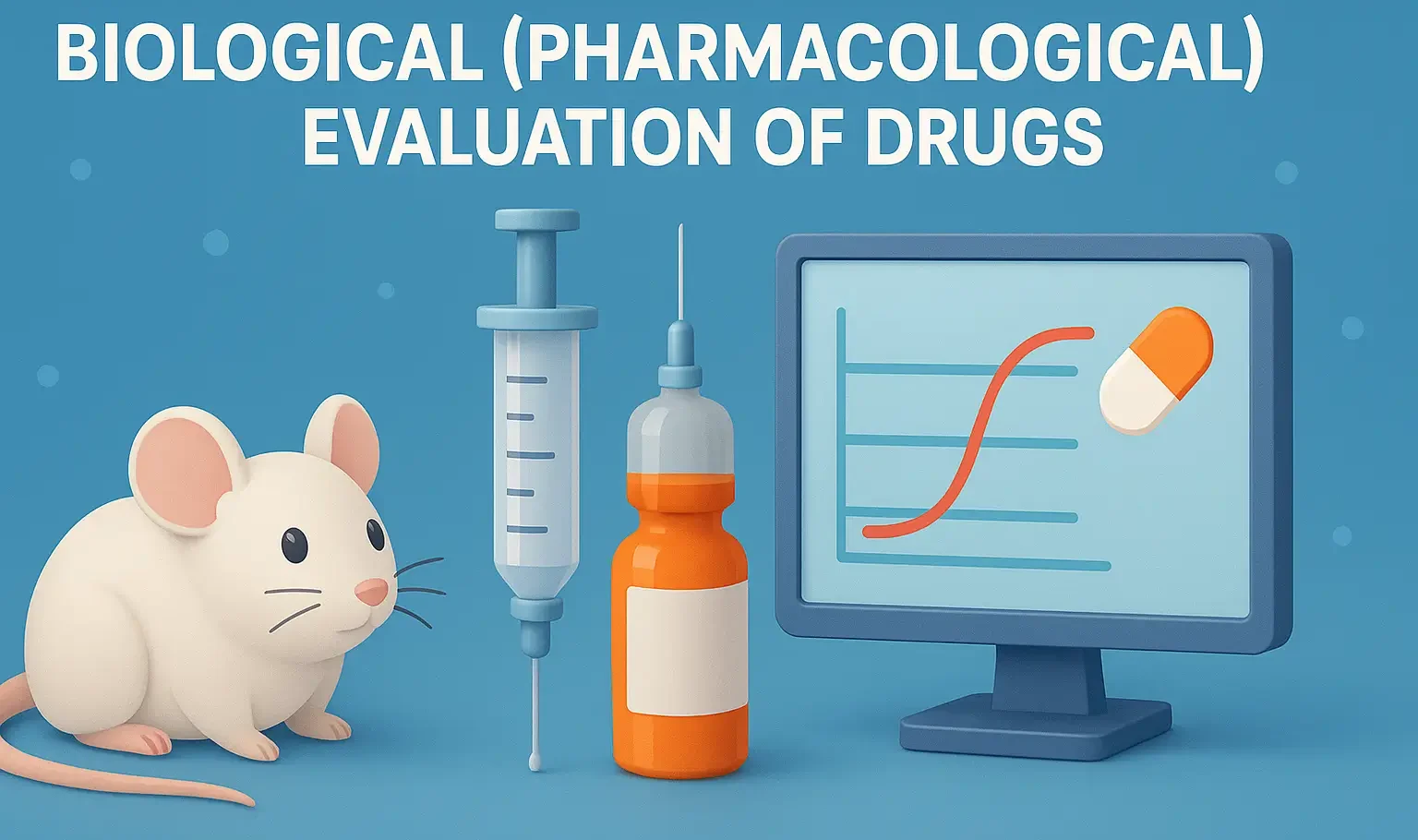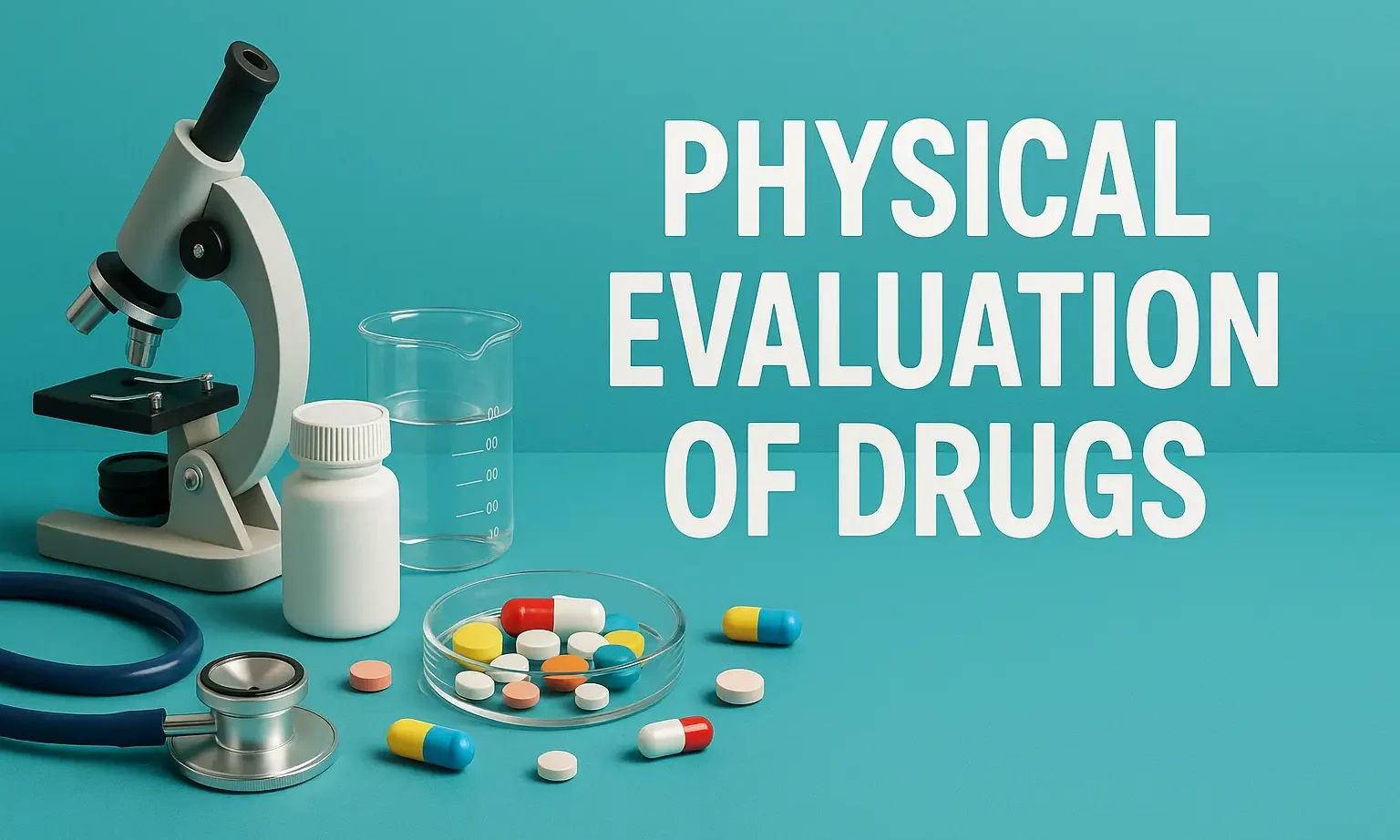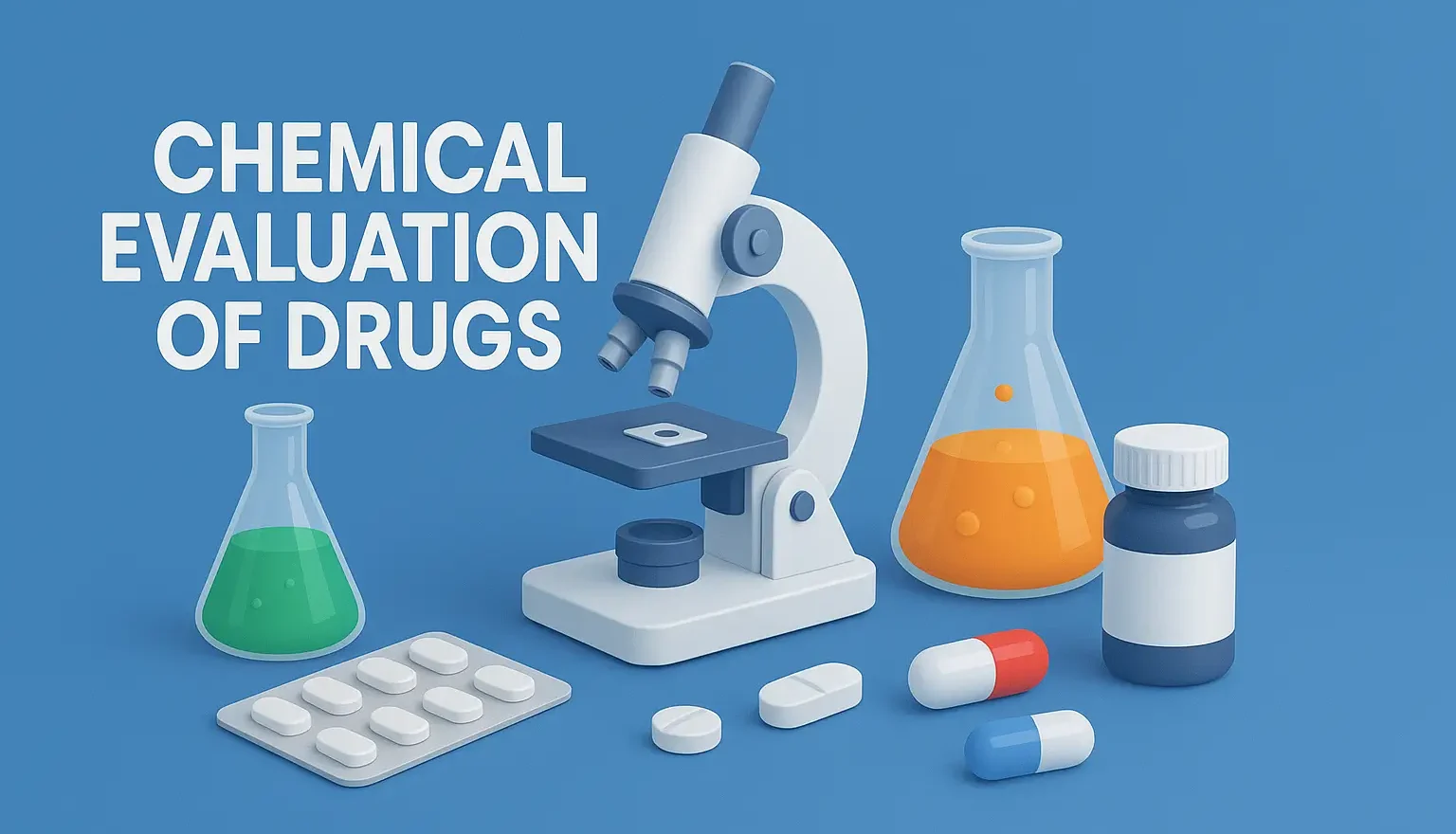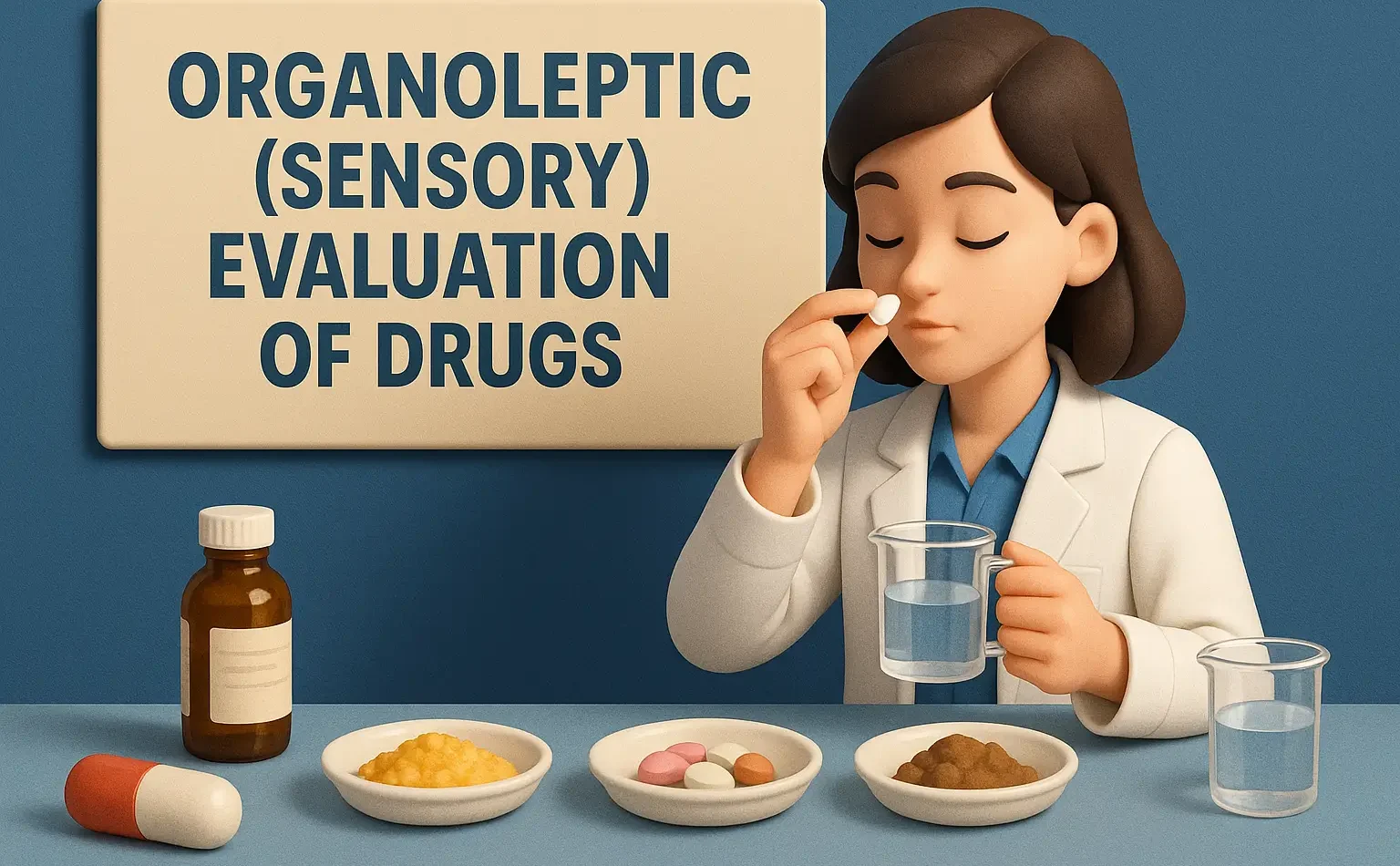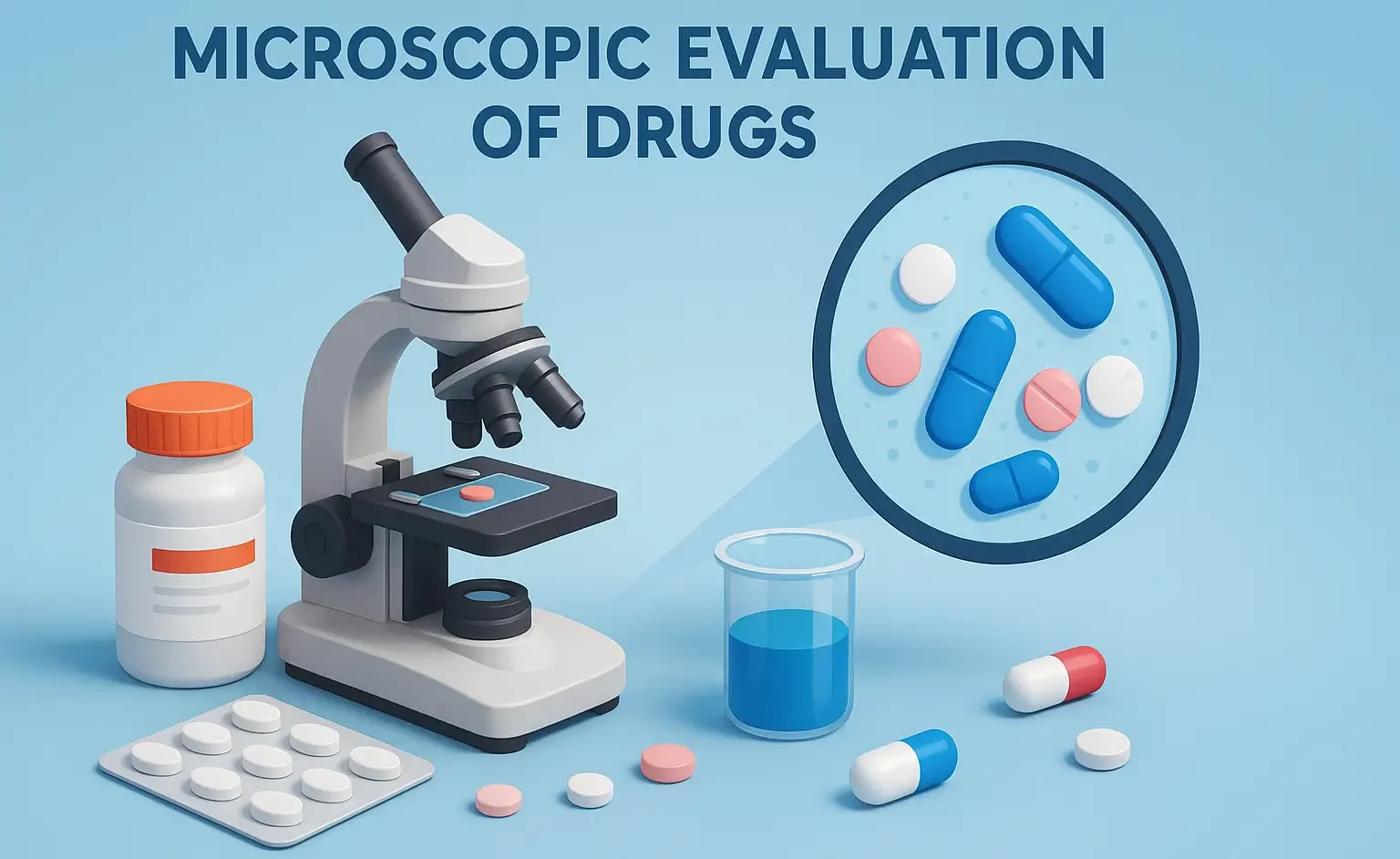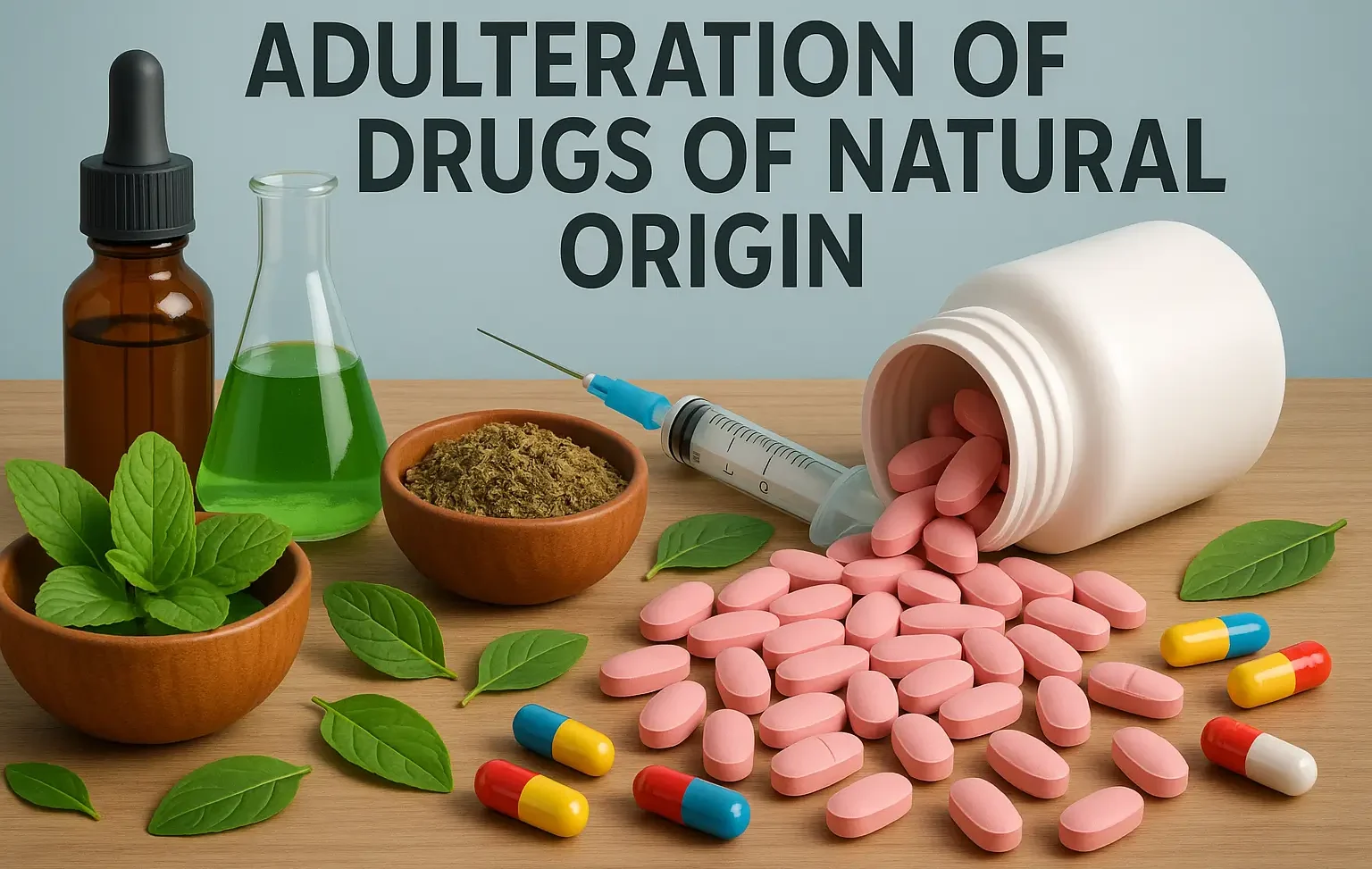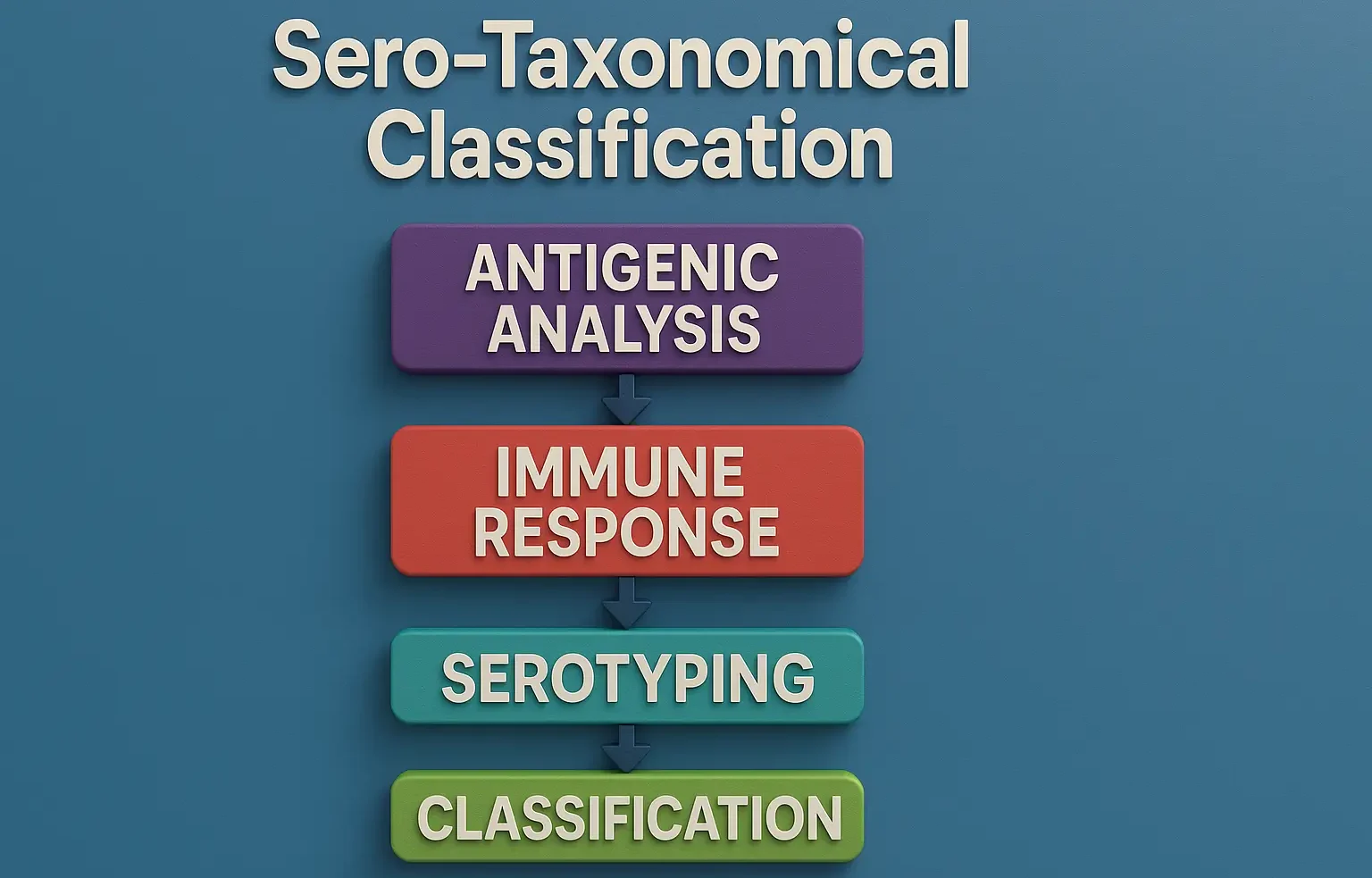Collection of Medicinal Plants
Collection of Medicinal Plants involves gathering plant materials at the right stage for maximum therapeutic value. Collection is the process of harvesting plant materials such as leaves, roots, bark, flowers, and seeds at the right time to ensure maximum potency of active compounds. Proper collection techniques help maintain the medicinal value, sustainability, and purity of … Read more


